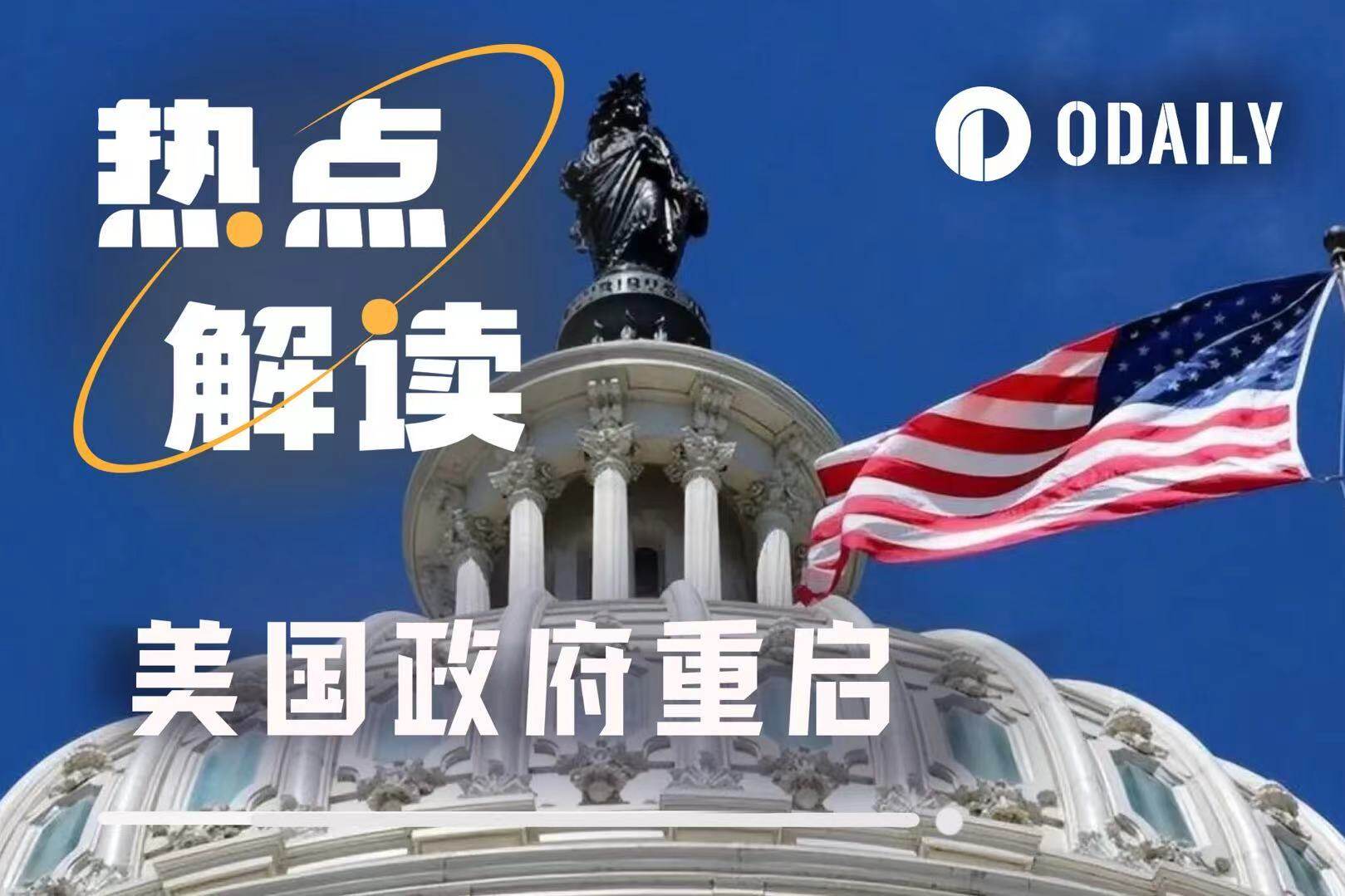It took me 15 hours and $1,000 to make an NFT Twitter avatar
Original Author: Tascha Che, Founder of Tascha Labs
Original compilation: 0x137
This article is based on the opinions of Tascha Che, the founder of Tascha Labs, on his personal social media platform, and BlockBeats has compiled and translated it as follows:
Original Author: Tascha Che, Founder of Tascha Labs
Original compilation: 0x137
This article is based on the opinions of Tascha Che, the founder of Tascha Labs, on his personal social media platform, and BlockBeats has compiled and translated it as follows:
In order to make an NFT avatar, I spent a full 15 hours and paid an extra $1,000. In my opinion, blockchain technology as a digital identity solution does have a long way to go.
First of all, let me talk about why I want to make an NFT avatar. As a crypto KOL, people often impersonate my Twitter account. These people sell fake investment courses or paid memberships in my name, which has a very bad impact on my reputation.
Therefore, when Twitter Blue launched the NFT avatar function, I had an idea: since NFT is a non-homogeneous token that can be tracked on the chain, then I can make an NFT called "Tascha Che" and put it Link to my twitter account as verification, like an ID card in the metaverse.
I immediately found a computer graphics artist from Russia who made a really nice header image from my Youtube video.
But when I try to turn it into an NFT, the problem comes. Below I will unfold the whole process of making my NFT avatar step by step. After reading it, you will understand why I say that the era when everyone has a metaverse identity is far from coming.
Step 1: Write NFT contract
Since I need to have my own ID, it doesn't make sense to create an NFT through a platform like OpenSea since they use their own shared contract. Also, on OpenSea, your NFTs are not minted until sold or transferred.
So I created a contract from scratch. It's actually very easy, just copy and paste a few lines of code, but here's the problem, you can't expect everyone in society to manually deploy their own contracts, can you?
secondary title
Step 2: Deploy the contract
After writing the contract, I had to ponder a question: should I deploy it to a new chain like Avalanche or Polygon, or stick with the old Ethereum mainnet?
Since Twitter obtains NFT data from the Metamask wallet, all EVM compatible chains can be connected through custom RPC, so technically speaking, there should be no problem in extracting NFT data from other public chains.
It only cost me $10 to deploy the NFT contract to Avalanche, but it cost me $1,000 on the Ethereum mainnet, so there is nothing to consider at all.
I finally decided to deploy to Ethereum because I think few impersonators would be willing to incur such a huge cost. To some extent, this is also a "distorted" proof of stake mechanism (Proof of Stake).
I find this extremely ironic. Just as luxury and slowness have become the value pillars of equestrianism today, high cost and low speed have now become the value pillars of Ethereum.
To realize its potential as a value network, the blockchain needs to be the car or the plane, not the horse. Requiring people to verify the validity of their IDs by paying high fees is not scalable. But unfortunately, the average value of Ethereum NFT is much higher than that of NFT on other chains. Not only is the deployment cost high, but it has gradually become a game for the rich.
secondary title
Step 3: Minting NFT
On the one hand, allowing metadata to be changed without restrictions does undermine trust in any identity system, even if most creators have no incentive to change metadata. On the other hand, as the holder of the Metaverse ID, you should also have the right to change metadata, just like you change your ID photo every few years.
At the end of the day, NFT is a general-purpose technology, and we currently don't have tools mature enough to meet the needs of different use cases.
In the end I decided to create a repository on Amazon AWS to store all the metadata and included the link in my NFT. In hindsight, being able to change metadata was a real blessing for me, and I'll tell you why below.
secondary title
Step 4: Render NFT on OpenSea and Metamask
After minting the NFT, I plan to go to OpenSea to see the final effect. Normally OpenSea automatically renders any NFTs you create when you connect to Metamask, but strangely my newly minted NFTs showed a blank page with no name or description...
After fixing the metafile in AWS, the NFT image showed up. Imagine that if the metadata cannot be changed, the 0.5 ETH I spent before will be wasted, and the exchange will be a waste product that does not display anything.
You might say to me: "Tascha, the testnet is here to prevent this, you should deploy on the testnet first!" Yes, I admit that I am stupid, but it is better to have OpenSea or Metamask pop up an error message. Not difficult, is it? Sometimes I feel that Web3.0 is a bunch of idiots leading a group of even more idiots running around...
Anyway, my NFT still renders. Everything should be fine now, right? The answer is no.
secondary title
Step 5: Connect NFT to Twitter
I went to "Edit Profile Picture", selected the rendered NFT, and after being directed to Metamask, the app prompted me that the NFT data could not be extracted.
After researching for a long time, I found out that you must enable OpenSea API in Metamask security settings, because both Metamask and Twitter rely on OpenSea to query the NFT you hold.
That's right, behind the much-hyped blockchain-endorsed ownership, my Metaverse identity still relies on a SQL database in an OpenSea cloud server.
I think there is a reason why Twitter blurs the distinction between NFT header images. The problem that this feature solves is itself very vague. Is it for people to show off their expensive NFTs, or is it to drive the development of Metaverse identity?



